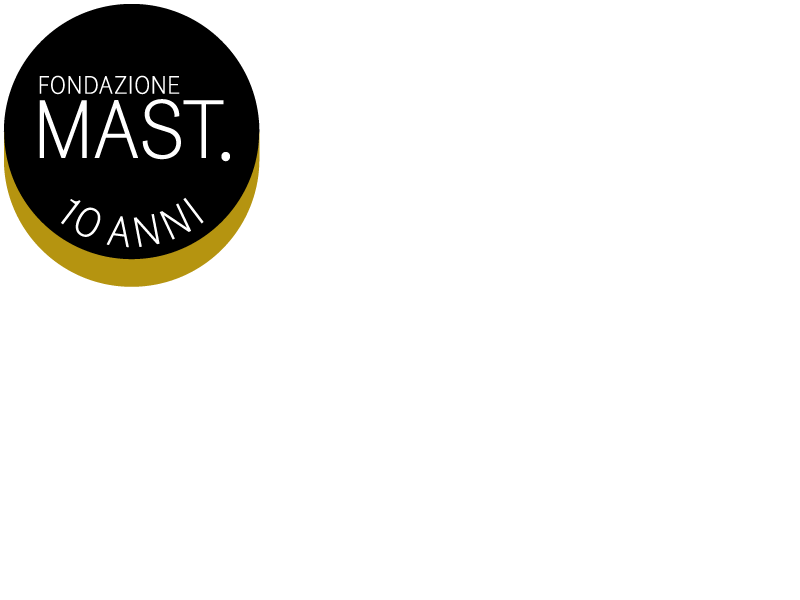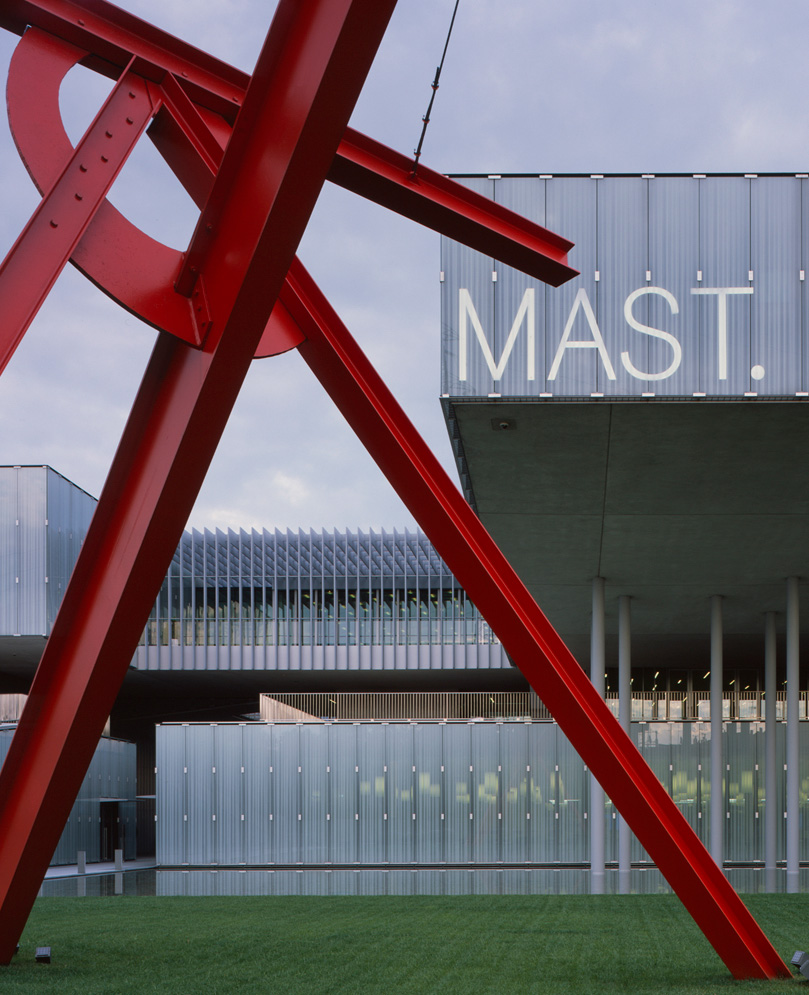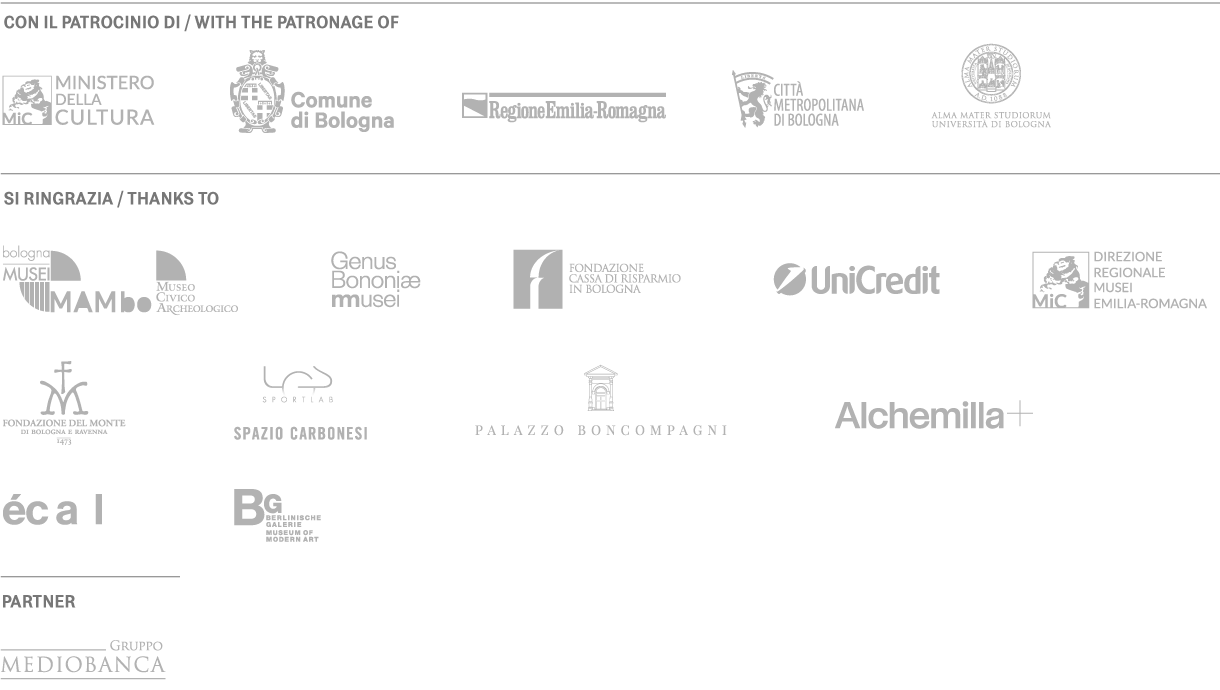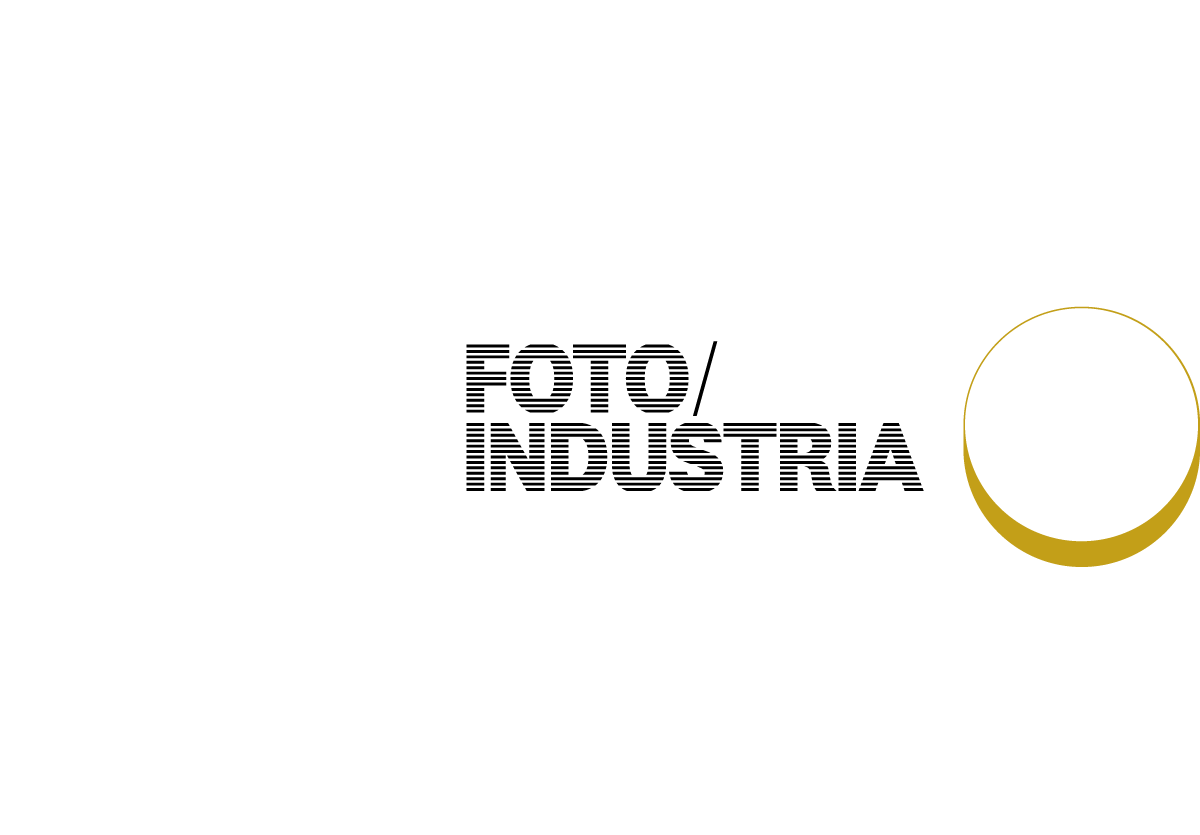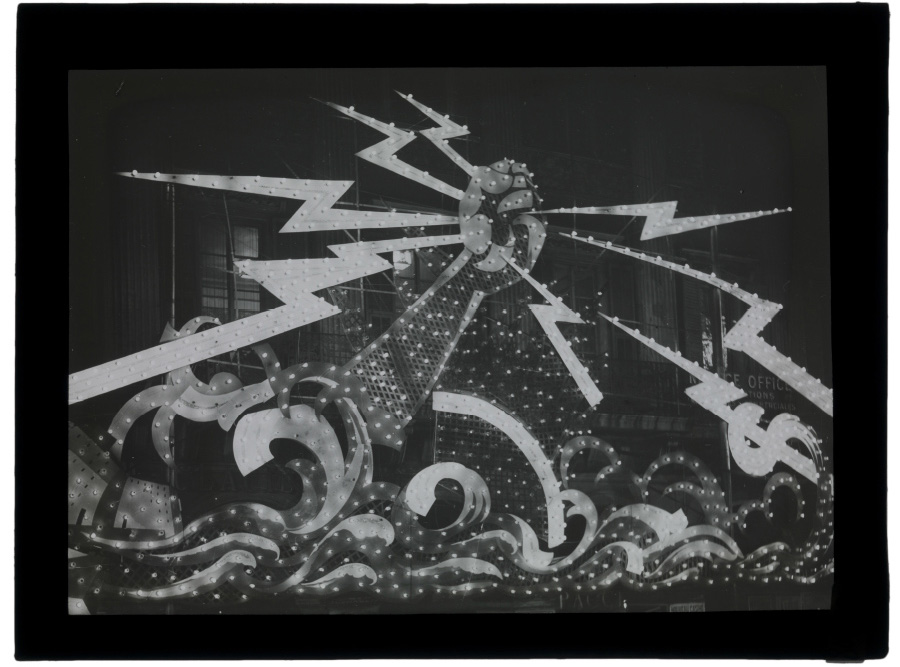
SAVINA PALMIERI COLLECTION
GD4PHOTOART COMPETITION FINALISTS, WINNER ÓSCAR MONZÓN
Joan Fontcuberta for Óscar Monzón, winner
Óscar Monzón came into the international limelight with his project Karma, in which he turned his gaze to automobile culture with the eyes of a paparazzo and an advertising agent. His works emphasized the spell cast by a form of technology that acted as an object of desire, a fetish, a symbol of power, and at the same time a container for identity and experience.
In Maya, Monzón continues to pursue his own visual sociology, once again exploring advertising and identity as artificial backdrops that distort our life experience. But in this case, Monzón shifts his critical references towards scenes typical of film and science fiction: that science fiction that dreams up dystopian worlds populated by lonely multitudes under the control of all-seeing eyes.
Transient beings, almost like androids frozen in time, one by one, they heed the call of commercial enticements: advertisements are the loudspeakers of consumerism, which shapes attitudes and behaviours, and between the lines they spread the diseases of capitalist mythology: mercantilism,
alienation and inhumanity.
Location
Fondazione MAST
Via Speranza, 42
The French thinker Michel Serres cynically writes that we must love advertising, even though it «spreads falsehoods, exaggerates, fills up space with a mediocre din and ugly images, passes off abominable things for the nectar of the gods, multiplies the same way an epidemic does, intoxicates, and always lies». Yes, we must love it, because advertising is a promise of happiness, like religion or politics; the difference is that it does not hide its intent to persuade, putting its
cards on the table. The cards it reveals, and above all their evident effects, are the point at which Maya pours salt on the wound.
If we examine the context of the photographic works, we find no will to act as a mirror, but rather as an X-ray and a scalpel. Starting with entirely real urban scenes, Monzón draws out tension and unease, shaping a new version of street photography that goes to the opposite extreme of the untamed documentarism of Garry Winogrand, but that also transcends the theatricalized forms of Philip-Lorca di Corcia or Jeff Wall. Vertigo and nightmares imbue this introspective journey into the “dark side” of the shining world of appearances. A scene formed by dense atmospheres and dramatic lights frames these snapshots of a “happy world” where happiness is dehumanized and, as Monzón shows us, is one with the apocalypse.
Location
Fondazione MAST
Via Speranza, 42
Fondazione MAST is a complex of great architectural interest opened in 2013 and designed by Studio Labics, within a project which successfully transformed a decommissioned industrial area just outside of Bologna. In the PhotoGallery, exhibitions curated by Urs Stahel feature historic and contemporary photographers, aiming to introduce the larger public to the diversity and importance of photography of industry and work as a documentation of the past, a living witness to the present, and a glimpse of the future.
